This blog looks at how fertilizers impact Indian farming costs. It breaks down the expenses per acre for key crops and examines government aid. The goal is to provide clear, accurate information, taking a scientific approach to explain the complex link between agriculture and fertilizers in India.
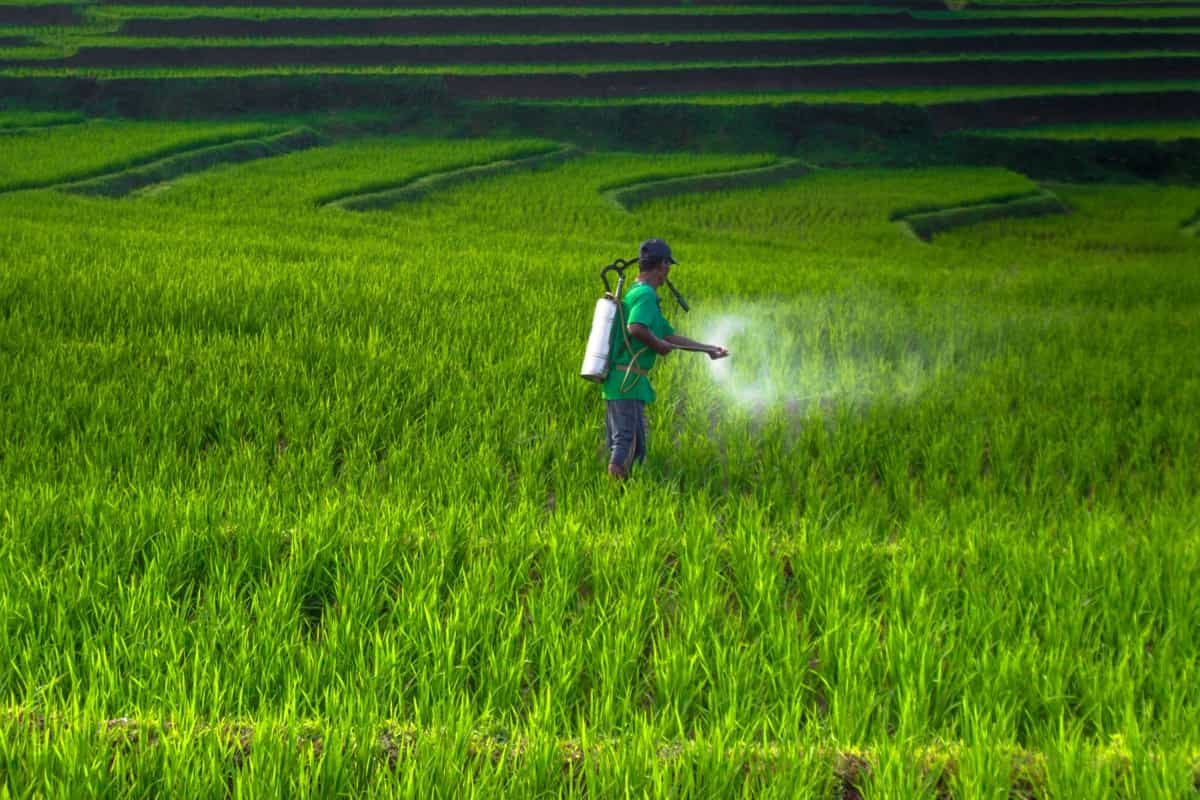
Overview of Fertilizer Types
Fertilizers are produced by chemical processes that contain specific nutrients for plant growth. They are water-soluble and easily absorbed by the plants. They have a rapid and predictable effect on the crops. Examples of inorganic fertilizers are nitrogen, phosphorus, and potassium fertilizers.
Fertilizers can also be classified based on the number of nutrients they contain. Single-nutrient fertilizers provide only one nutrient, such as nitrogen or phosphorus. Compound fertilizers provide two or more nutrients, such as nitrogen and phosphorus or nitrogen, phosphorus, and potassium. Complete fertilizers provide all the major nutrients that plants need, such as nitrogen, phosphorus, potassium, calcium, magnesium, and sulfur.
Nitrogenous Fertilizers
Nitrogenous fertilizers are substances that contain nitrogen and are applied to the soil to induce plant growth. Nitrogen is one of the most important nutrients for plants, as it is a component of chlorophyll, amino acids, proteins, and nucleic acids. However, nitrogen is often deficient in the soil, especially in regions with high rainfall or intensive cropping. Nitrogenous fertilizers can supplement the natural nitrogen cycle and increase crop yields and quality.
There are different types of nitrogenous fertilizers, depending on the form of nitrogen they contain. Some common forms are ammonium, nitrate, amide, and urea. Each form has its advantages and disadvantages in terms of availability, efficiency, cost, and environmental impact. For example, ammonium fertilizers are resistant to leaching but can cause soil acidity; plants readily absorb nitrate fertilizers but can leach into groundwater; amide fertilizers are slow-release but can inhibit seed germination; and urea fertilizers are highly soluble but can volatilize into ammonia gas.
Phosphatic Fertilizers
Phosphatic fertilizers are substances that supply plants with the nutrient phosphorus, which is essential for their growth and development. Phosphorus is one of the three main macronutrients, along with nitrogen and potassium, that plants need to thrive. Phosphatic fertilizers are derived from phosphate rock, a mineral that is mined in large quantities from various locations around the world.
There are different types of phosphatic fertilizers, such as single superphosphate, triple superphosphate, and mono ammonium phosphate, which have different amounts of phosphorus content and availability. Phosphatic fertilizers are widely used in agriculture to improve crop yields and quality, but they also have environmental impacts, such as water pollution and soil degradation.
Potassic Fertilizers
Potassic fertilizers are chemical substances that contain potassium in a form that plants can absorb. Potassium is a crucial element for plant growth and development, as it helps regulate water balance, enzyme activity, photosynthesis, and stress tolerance. Potassic fertilizers can be classified into chlorides and non-chlorides, depending on the type of salt they contain.
Chlorides are more common and cheaper, but they can cause problems for some crops that are sensitive to chloride toxicity. Non-chlorides are more expensive and less available, but they can provide additional benefits such as sulfur, magnesium, or nitrogen. Some examples of potassic fertilizers are Muriate of potash (KCl), Sulphate of potash (K2SO4), Potassium magnesium sulfate (K2SO4.2MgSO4 and Potassium nitrate (KNO3)
Potassic fertilizers are important for improving the yield and quality of crops, as they enhance the size, color, flavor, and shelf life of fruits and vegetables. They also increase the resistance of plants to drought, frost, pests, and diseases. Potassic fertilizers should be applied according to the soil test results, crop requirements, and climatic conditions.
Factors Influencing Fertilizers Cost Per Acre
Type of Fertilizer
The cost of fertilizer per acre is intricately tied to the type of fertilizer used. Different fertilizers come with varying prices and nutrient compositions, influencing crop yield and quality differently. Farmers need to carefully consider the specific needs of their crops and select fertilizers accordingly, mindful of the economic implications.
In case you missed it: How to Make Flowers Bloom Faster: Naturally, Overnight, at Home, and in Water with Fertilizers
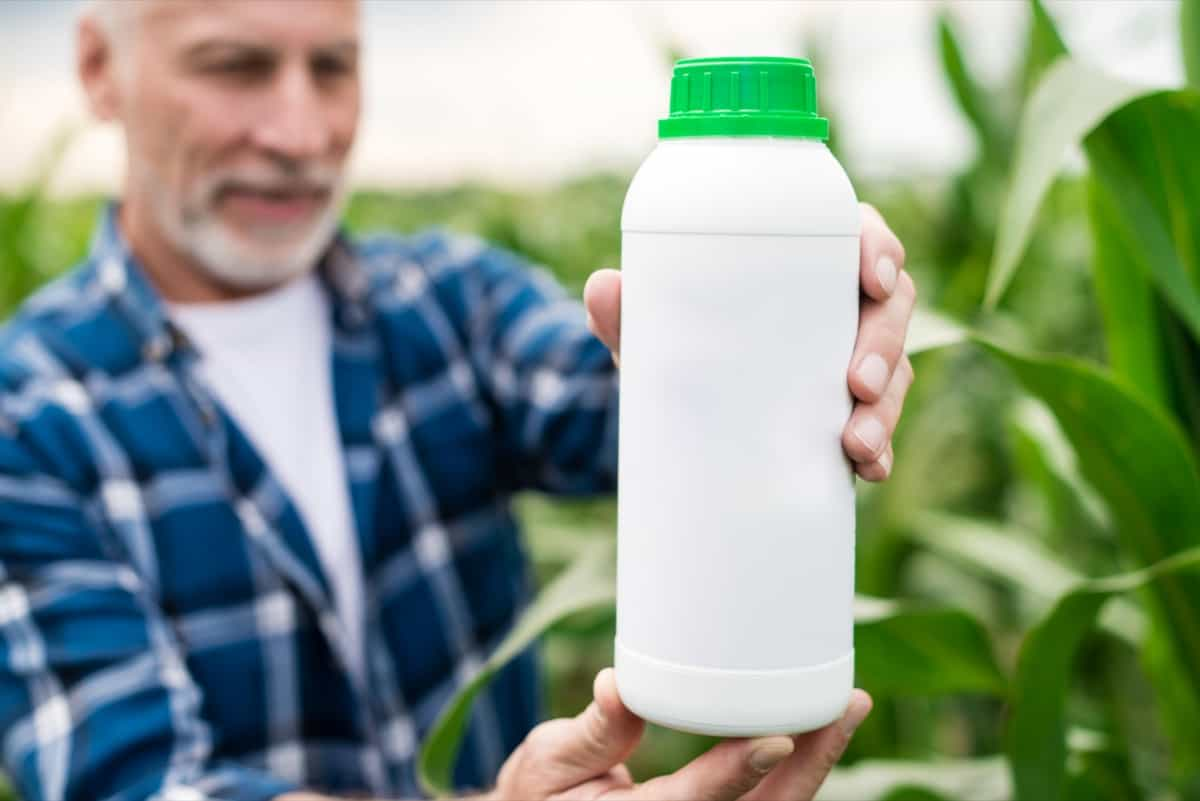
Crop Type
Crop type significantly influences fertilizer costs, as different crops have distinct nutrient requirements. Some crops may demand more or less fertilizer for optimal growth, impacting the overall expenses for farmers. Understanding the nutrient needs of specific crops is essential for efficient resource management and cost-effective agriculture practices.
Soil Fertility
Soil fertility is a crucial determinant in the cost calculation for fertilizers. Nutrient-rich soils may require less supplementation, whereas nutrient-deficient soils necessitate additional fertilizers to support optimal crop growth. Farmers should assess the fertility levels of their soil to make informed decisions on the type and quantity of fertilizers required, aiming for sustainable and cost-effective agricultural practices.
Geographical Location
Geographical location plays a pivotal role in fertilizer costs. It affects transportation and distribution expenses, considering the distance between production centers and agricultural regions. Moreover, environmental conditions associated with different locations can influence the efficiency of fertilizers. Farmers need to account for these geographical factors when estimating and managing fertilizer costs.
Market Demand and Supply
The dynamics of market demand and supply have a direct impact on fertilizer costs. Global and local factors, such as crop production and consumption trends, raw material availability and pricing, competition among manufacturers and distributors, and currency exchange rate fluctuations, all contribute to the volatility of fertilizer prices. Farmers should stay informed about these market dynamics to anticipate and adapt to cost variations.
Government Policies
Government policies are a significant external factor influencing fertilizer costs per acre. Policies may include taxes, subsidies, regulations, or incentives that directly impact the fertilizer industry or farmers. Understanding and navigating these policy frameworks is crucial for farmers to predict and manage their fertilizer expenses effectively.
Fertilizer Cost per Acre in India for Major Crops Rice
| Fertilizer | Quantity (kg/acre) | Price (INR/kg) | Cost (INR/acre) |
| Urea | 200 | 5.36 | 1072 |
| DAP | 100 | 24 | 2400 |
| MOP | 50 | 17.5 | 875 |
| Total | 4347 |
In case you missed it: Best Fertilizers to Increase Crop Yield: Boost the Yields of Vegetables, Fruits, Flowers, and Other Crops
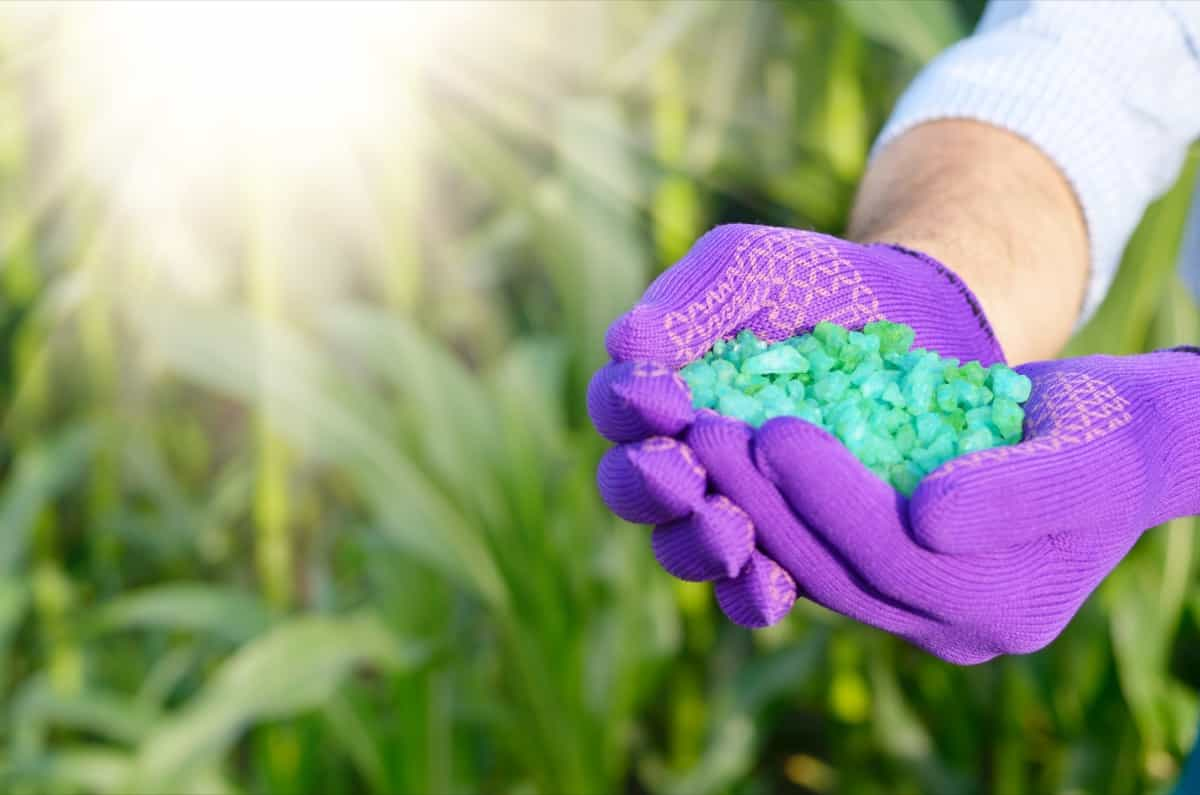
Wheat
| Fertilizer | Quantity (kg/acre) | Price (INR/kg) | Cost (INR/acre) |
| Urea | 150 | 5.36 | 804 |
| DAP | 75 | 24 | 1800 |
| MOP | 25 | 17.5 | 438 |
| Total | 3042 |
Cotton
| Fertilizer | Quantity (kg/acre) | Price (INR/kg) | Cost (INR/acre) |
| Urea | 100 | 5.36 | 536 |
| DAP | 50 | 24 | 1200 |
| MOP | 25 | 17.5 | 438 |
| Total | 2174 |
Sugarcane
| Fertilizer | Quantity (kg/acre) | Price (INR/kg) | Cost (INR/acre) |
| Urea | 300 | 5.36 | 1608 |
| DAP | 150 | 24 | 3600 |
| MOP | 75 | 17.5 | 1313 |
| Total | 6521 |
Maize
| Fertilizer | Quantity (kg/acre) | Price (INR/kg) | Cost (INR/acre) |
| Urea | 100 | 5.36 | 536 |
| DAP | 50 | 24 | 1200 |
| MOP | 25 | 17.5 | 438 |
| Total | 2174 |
Pulses
| Fertilizer | Quantity (kg/acre) | Price (Rs/kg) | Cost (Rs/acre) |
| Urea | 50 | 5.36 | 268 |
| DAP | 50 | 24 | 1,200 |
| MOP | 25 | 17.5 | 438 |
| Zinc sulphate | 25 | 40 | 1,000 |
| Total | 2,906 |
Oilseeds
| Fertilizer | Quantity (kg/acre) | Price (Rs/kg) | Cost (Rs/acre) |
| Urea | 75 | 5.36 | 402 |
| DAP | 75 | 24 | 1,800 |
| MOP | 50 | 17.5 | 875 |
| Zinc sulphate | 25 | 40 | 1,000 |
| Total | 4,077 |
In case you missed it: Tailoring DIY Vegetable Plants Fertilizers to Different Growth Phases

Fruits and Vegetables
| Fertilizer | Quantity (kg/acre) | Price (Rs/kg) | Cost (Rs/acre) |
| Urea | 100 | 5.36 | 536 |
| DAP | 100 | 24 | 2,400 |
| MOP | 50 | 17.5 | 875 |
| Total | 3811 |
Average cost of common fertilizers per acre
| Fertilizer Type | Cost Range per Acre (INR) |
| Urea | 1,500 – 2,000 |
| DAP (Di-Ammonium Phosphate) | 2,500 – 3,000 |
| MOP (Muriate of Potash) | 1,500 – 2,000 |
| NPK (Nitrogen-Phosphorus-Potassium) | 2,000 – 3,000 |
| Complex Fertilizers | 2,500 – 3,500 |
Regional Variations in Fertilizer Costs
India is one of the largest consumers of fertilizers in the world, with a demand of about 60 million metric tons per year. However, the cost of fertilizers varies significantly across different regions of the country, depending on various factors such as production, availability, transportation, subsidies, and taxes.
Northern Region
The northern region of India comprises states such as Punjab, Haryana, Uttar Pradesh, Uttarakhand, Himachal Pradesh, Jammu and Kashmir, and Delhi. This region accounts for about 30% of the total fertilizer consumption in India, mainly due to the high intensity of agriculture and the predominance of wheat and rice crops.
The average cost of fertilizers in this region is around INR 12,000 per metric ton, which is slightly lower than the national average of INR 12,500 per metric ton. This is because the northern region has a higher share of domestic production of urea, which is the most frequently used nitrogenous fertilizer in India. The region also benefits from lower transportation costs and higher subsidies for urea compared to other fertilizers.
Eastern Region
The eastern region of India includes states such as Bihar, Jharkhand, West Bengal, Odisha, Assam, and other northeastern states. This region consumes about 20% of the total fertilizer demand in India, mainly for crops such as rice, maize, sugarcane, and oilseeds. The average cost of fertilizers in this region is around INR 13,500 per metric ton, which is higher than the national average.
This is because the eastern region has a lower share of domestic production of fertilizers and relies more on imports from countries such as China, Russia, and Iran. The region also faces higher transportation costs and lower subsidies for fertilizers compared to other regions.
In case you missed it: 9 Best Multi-Purpose Fertilizers in India: Guide to Buying Top Multi-Purpose Fertilizers
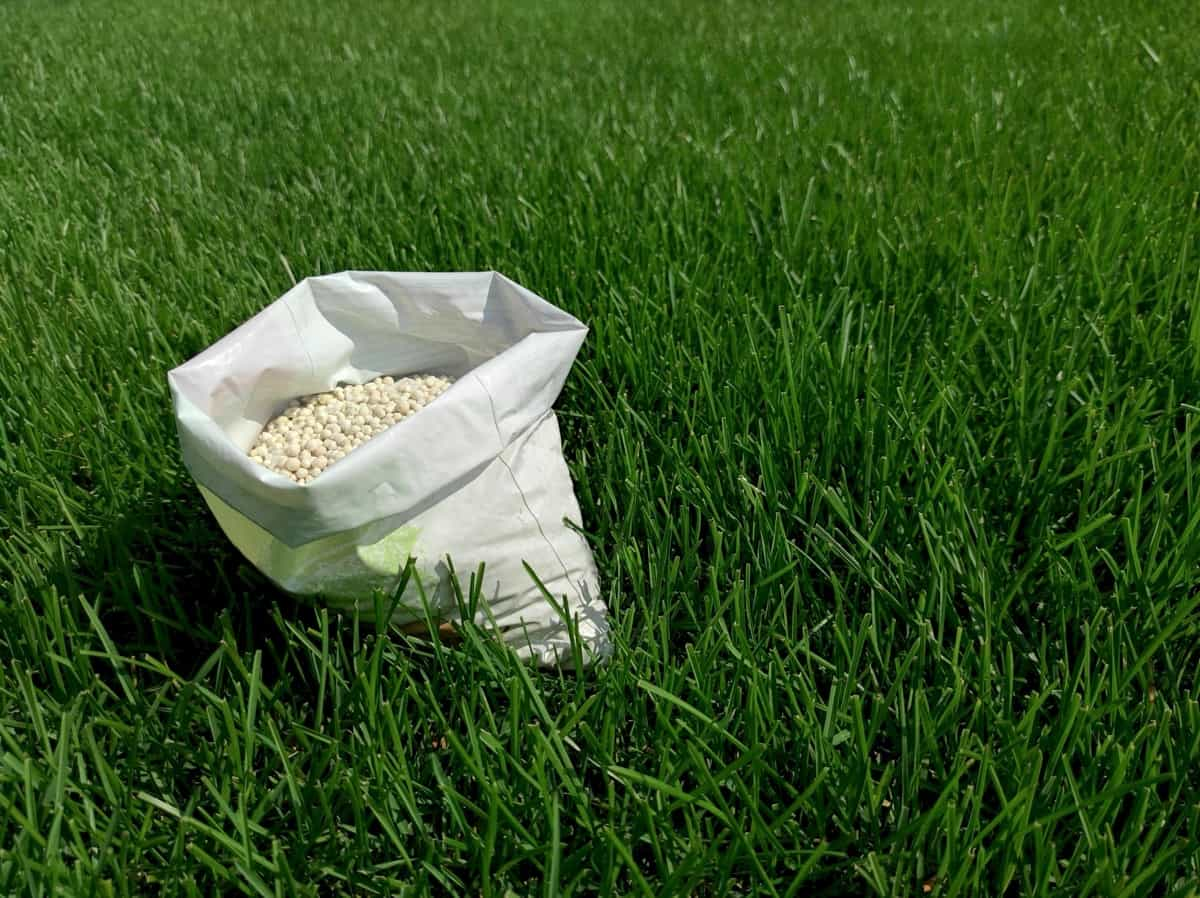
Southern Region
The southern region of India consists of states such as Andhra Pradesh, Telangana, Karnataka, Tamil Nadu, Kerala, and Goa. This region consumes about 25% of the total fertilizer demand in India, mainly for crops such as rice, cotton, sugarcane, pulses, and oilseeds. The average cost of fertilizers in this region is around INR 12,000 per metric ton, which is similar to the national average. This is because the southern region has a balanced mix of domestic production and imports of fertilizers. The region also has a relatively efficient distribution network and moderate subsidies for fertilizers.
Western Region
The western region of India covers states such as Maharashtra, Gujarat, Rajasthan, Madhya Pradesh, and Chhattisgarh. This region consumes about 25% of the total fertilizer demand in India, mainly for crops such as cotton, soybean, wheat, pulses, and oilseeds. The average cost of fertilizers in this region is around INR 13,000 per metric ton, which is higher than the national average.
This is because the Western region has a lower share of domestic production of fertilizers and depends more on imports from countries such as Saudi Arabia, Oman, and Qatar. The region also has higher transportation costs and lower subsidies for fertilizers compared to other regions.
Government Subsidies on Fertilizers
Government Subsidies on Fertilizers are payments made by the government to fertilizer manufacturers or importers to reduce the cost of fertilizers for farmers. The main objectives of these subsidies are to ensure food security, increase agricultural productivity, and support farmers’ incomes.
There are two types of fertilizer subsidies in India: Urea subsidy and Nutrient-Based Subsidy (NBS). Urea subsidy is a fixed amount per tonne of urea, which is the most widely used nitrogenous fertilizer in India. NBS is a variable amount per kilogram of nutrients, namely nitrogen (N), phosphorus (P), potash (K), and sulfur (S), for phosphatic and potassic (P&K) fertilizers. NBS was introduced in 2010 to promote the balanced use of fertilizers, reduce soil degradation, and encourage the production of customized fertilizers.
Although the farmer who pays MRPs below the prices set by the market ultimately benefits, fertilizer businesses get the subsidy under NBS. In 2018, the Direct Benefit Transfer (DBT) method was implemented to pay the subsidy after merchants (who account for over 2.3 lakh retailers in India) actually sold fertilizers to farmers.
Under the fertilizer DBT system, based on actual sales made by the merchants to the beneficiaries, fertilizer firms get a 100% subsidy on different grades of fertilizer. The government fixes the NBS rates for different nutrients every year based on the international and domestic prices of fertilizers and raw materials.
| Nutrient | NBS Rate (Rs. per kg) |
| Nitrogen (N) | 47.02 |
| Phosphorus (P) | 20.82 |
| Potassium (K) | 2.38 |
| Sulfur (S) | 1.89 |
The total subsidy that the Cabinet has approved for the NBS Rabi-2024 will be Rs. 22,303 crore, including support for indigenous fertilizer (SSP) through freight subsidy. In order to offset the higher costs, the government has also agreed to boost subsidies for P&K fertilizers, such as DAP and the three NPK grades that are most often used—NPK 10-26-26, NPK 20-20-0-13, and NPK 12-32-16. This would boost the agricultural industry and make all P&K fertilizers readily available to farmers at reasonable prices.
In case you missed it: The Best Lawn Grass Fertilizers Guide: Nourishing with Organic, Slow Release, Natural, and Quick Release Fertilizers
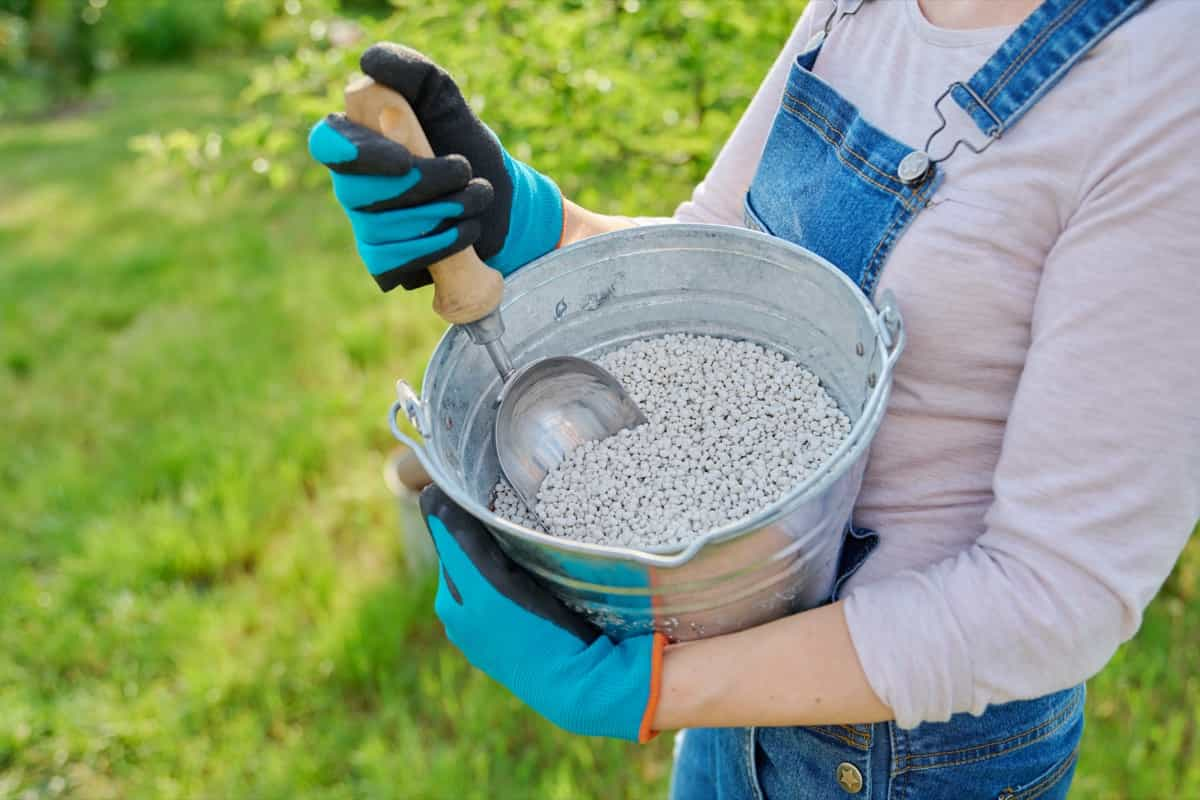
Conclusion
Examining fertilizer expenses per acre in India uncovers differences among major crops. Government subsidies affect affordability, yet inequalities persist. Clear data clarifies the intricate dynamics, highlighting the necessity for specific agricultural policies. Attaining the best yields demands a well-rounded strategy, taking into account economic aspects and sustainable farming practices.
- Types of Pesticides Used in Agriculture: A Beginner’s Guide
- Economical Aquaculture: A Guide to Low-Budget Fish Farming
- 15 Common Planting Errors That Can Doom Your Fruit Trees
- How to Make Houseplants Bushy: Effective Tips and Ideas
- Innovative Strategies for Boosting Coconut Pollination and Yield
- Pollination Strategies for Maximum Pumpkin Yield
- The Complete Guide to Chicken Fattening: Strategies for Maximum Growth
- Natural Solutions for Tulip Problems: 100% Effective Remedies for Leaf and Bulb-Related Issues
- Revolutionizing Citrus Preservation: Towards a Healthier, Greener Future
- Natural Solutions for Peony Leaf and Flower Problems: 100% Effective Remedies
- Maximizing Profits with Avocado Contract Farming in India: A Comprehensive Guide
- Natural Solutions for Hydrangea Problems: 100% Effective Remedies for Leaf and Flowers
- The Ultimate Guide to Choosing the Perfect Foliage Friend: Bringing Life Indoors
- From Sunlight to Sustainability: 15 Ways to Use Solar Technology in Agriculture
- The Ultimate Guide to Dong Tao Chicken: Exploring from History to Raising
- The Eco-Friendly Makeover: How to Convert Your Unused Swimming Pool into a Fish Pond
- Mastering the Art of Delaware Chicken Farming: Essentials for Healthy Backyard Flocks
- 20 Best Homemade Fertilizers for Money Plant: DIY Recipes and Application Methods
- How to Craft a Comprehensive Free-Range Chicken Farming Business Plan
- Brighten Your Flock: Raising Easter Egger Chickens for Beauty and Bounty
- How to Optimize Your Poultry Egg Farm Business Plan with These Strategies
- Subsidy for Spirulina Cultivation: How Indian Government Schemes Encouraging Spirulina Farmers
- Ultimate Guide to Raising Dominique Chickens: Breeding, Feeding, Egg-Production, and Care
- Mastering the Art of Raising Jersey Giant Chickens: Care, Feeding, and More
- Ultimate Guide to Raising Legbar Chickens: Breeding, Farming Practices, Diet, Egg-Production
- How to Raise Welsummer Chickens: A Comprehensive Guide for Beginners
- How to Protect Indoor Plants in Winter: A Comprehensive Guide
- Ultimate Guide to Grow Bag Gardening: Tips, Tricks, and Planting Ideas for Urban Gardeners
- Guide to Lotus Cultivation: How to Propagate, Plant, Grow, Care, Cost, and Profit
- Agriculture Drone Subsidy Scheme: Government Kisan Subsidy, License, and How to Apply Online
- Ultimate Guide to Raising Araucana Chickens: Breed Profile, Farming Economics, Diet, and Care
- Bringing Hydroponics to Classroom: Importance, Benefits of Learning for School Students
- Ultimate Guide to Raising Polish Chickens: Breed Profile, Farming Economics, Diet, and Care
- Ultimate Guide to Raising Australorp Chickens: Profile, Farming Economics, Egg Production, Diet, and Care
- Silkie Chicken Farming: Raising Practices, Varieties, Egg Production, Diet, and Care
- Sussex Chicken Farming: Raising Practices, Varieties, Egg Production, Diet and Care
I see that your site is very informative, and every article is better than any other website’s blog and articles. Your blog contains best agriculture information than any other sites in the world. I think you are one of the best informative article writers, also I am sure you are.